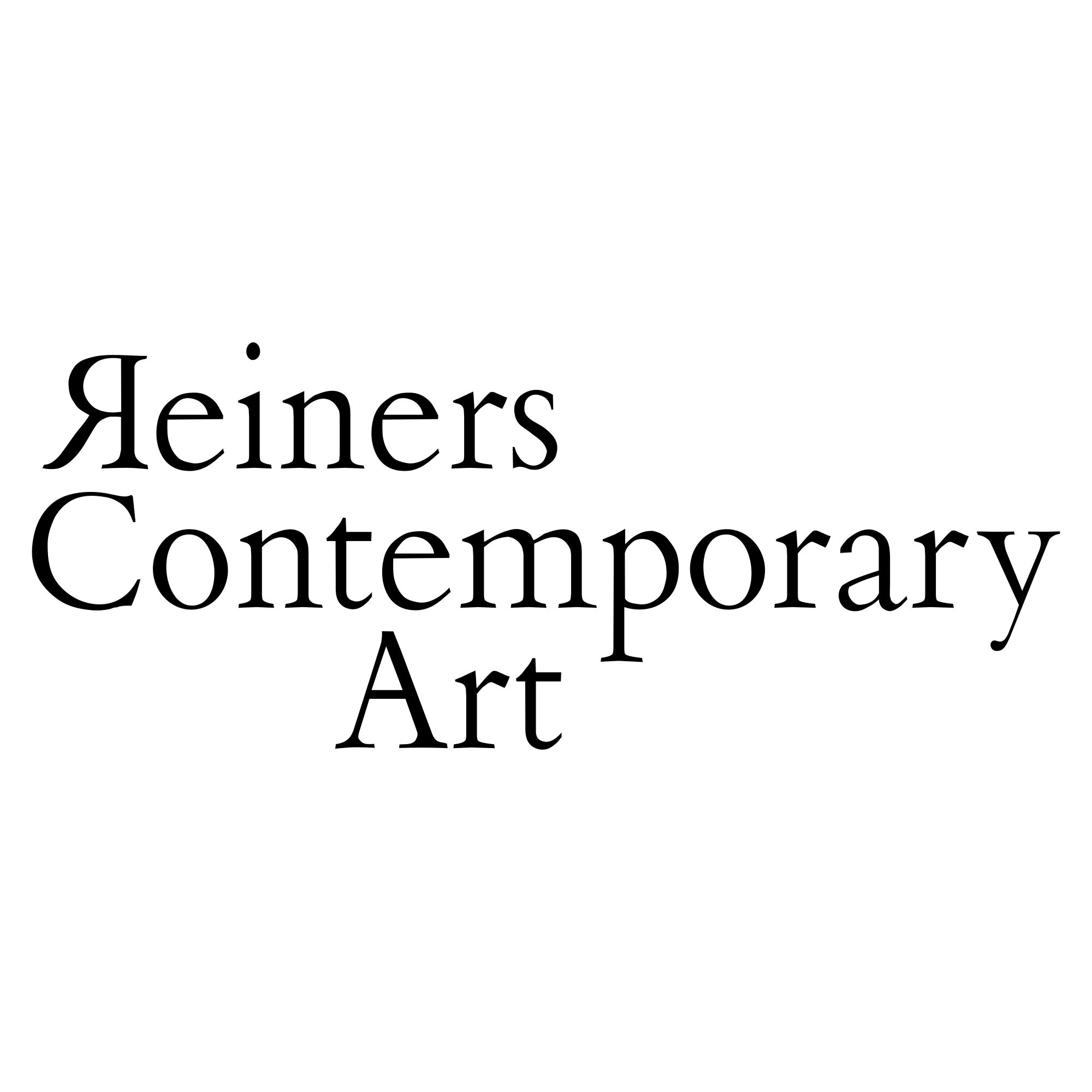Florido's work reflects a paucity inherent in the materiality of the paint itself, complemented by an austere use of color. His art activates the relationship between memory discourse and loss, focusing on internal mental states that function as disordered rooms.
Víctor Florido (born 1976, Buenos Aires) is an Argentine artist with a strong career background whose work resides at the intersection of figurative and non-narrative painting. His signature style is characterized by straight lines and a restrained palette of greys, browns, deep blues, and occasional hints of pink. With a refined technique and a touch of classicism, Florido creates enigmatic interiors—rooms, halls, libraries, and walls adorned with layered paintings.
His art reaches into the planes of personal representation and memory, exploring the intricate process of recollection and the creation of memories.
Florido's scenes unfold in unique, non-domestic interiors. We find ourselves in spaces with high walls, low furniture, and a pervasive disorder that imparts an abandoned and uninhabitable atmosphere. His artistic approach employs new lines, overlapping planes, and intricate perspective play to render these spaces devoid of clear meaning, making them even more enigmatic and irrational.
Florido's work reflects a paucity inherent in the materiality of the paint itself, complemented by an austere use of color. His art activates the relationship between memory discourse and loss, focusing on internal mental states that function as disordered rooms. The titles of his works often refer to the representation within the representation, to an image that gains the presence of an illusion from a secondary background.
Family is a central theme in Florido's oeuvre: his parents, his brother, his childhood. Faces are distorted and concealed, turning painting into an introspective exercise. Florido utilizes the representation of disorder—scattered papers, accumulated clippings, poorly stored paintings, and disheveled clothing—to achieve formal balance. He compels the viewer to focus on what is not depicted, what has been hidden and may or may not reappear before our eyes, yet has already been manifested. It's the "uncanny," the unsettling. In some of his rooms, we observe the body, and in others, we try to see it even though it has already been removed.
Freud defines "umheimlich" as everything that should remain hidden but has been revealed. Thus, Florido's paintings represent the "intimate-homey" that has been repressed and has returned from repression.
Victor Florido has received numerous awards, including the grant from the National Arts Fund – Haroldo Conti in 2013 and the FAAP art residency in São Paulo in 2016.
Since 2014, his work has been part of the collection at the Museo Nacional Centro de Arte Reina Sofía, in 2016 at the Museu de Arte Brasileira-MAB (São Paulo, BR), and in 2017 at the FRAC Aquitaine (Aquitania, FR). Publications featuring his work include Lápiz magazine (issue no. 195, "Victor Florido" by Laura Batkis), Artforum (issue XLIX no. 4, "Best of 2010" by Victoria Noorthoorn), and the book "Victor Florido, paintings 1999-2015", with text by Roberto Amigo, edited by KBB. Currently, Victor Florido lives and works in Buenos Aires.
His art reaches into the planes of personal representation and memory, exploring the intricate process of recollection and the creation of memories.
Florido's scenes unfold in unique, non-domestic interiors. We find ourselves in spaces with high walls, low furniture, and a pervasive disorder that imparts an abandoned and uninhabitable atmosphere. His artistic approach employs new lines, overlapping planes, and intricate perspective play to render these spaces devoid of clear meaning, making them even more enigmatic and irrational.
Florido's work reflects a paucity inherent in the materiality of the paint itself, complemented by an austere use of color. His art activates the relationship between memory discourse and loss, focusing on internal mental states that function as disordered rooms. The titles of his works often refer to the representation within the representation, to an image that gains the presence of an illusion from a secondary background.
Family is a central theme in Florido's oeuvre: his parents, his brother, his childhood. Faces are distorted and concealed, turning painting into an introspective exercise. Florido utilizes the representation of disorder—scattered papers, accumulated clippings, poorly stored paintings, and disheveled clothing—to achieve formal balance. He compels the viewer to focus on what is not depicted, what has been hidden and may or may not reappear before our eyes, yet has already been manifested. It's the "uncanny," the unsettling. In some of his rooms, we observe the body, and in others, we try to see it even though it has already been removed.
Freud defines "umheimlich" as everything that should remain hidden but has been revealed. Thus, Florido's paintings represent the "intimate-homey" that has been repressed and has returned from repression.
Victor Florido has received numerous awards, including the grant from the National Arts Fund – Haroldo Conti in 2013 and the FAAP art residency in São Paulo in 2016.
Since 2014, his work has been part of the collection at the Museo Nacional Centro de Arte Reina Sofía, in 2016 at the Museu de Arte Brasileira-MAB (São Paulo, BR), and in 2017 at the FRAC Aquitaine (Aquitania, FR). Publications featuring his work include Lápiz magazine (issue no. 195, "Victor Florido" by Laura Batkis), Artforum (issue XLIX no. 4, "Best of 2010" by Victoria Noorthoorn), and the book "Victor Florido, paintings 1999-2015", with text by Roberto Amigo, edited by KBB. Currently, Victor Florido lives and works in Buenos Aires.

